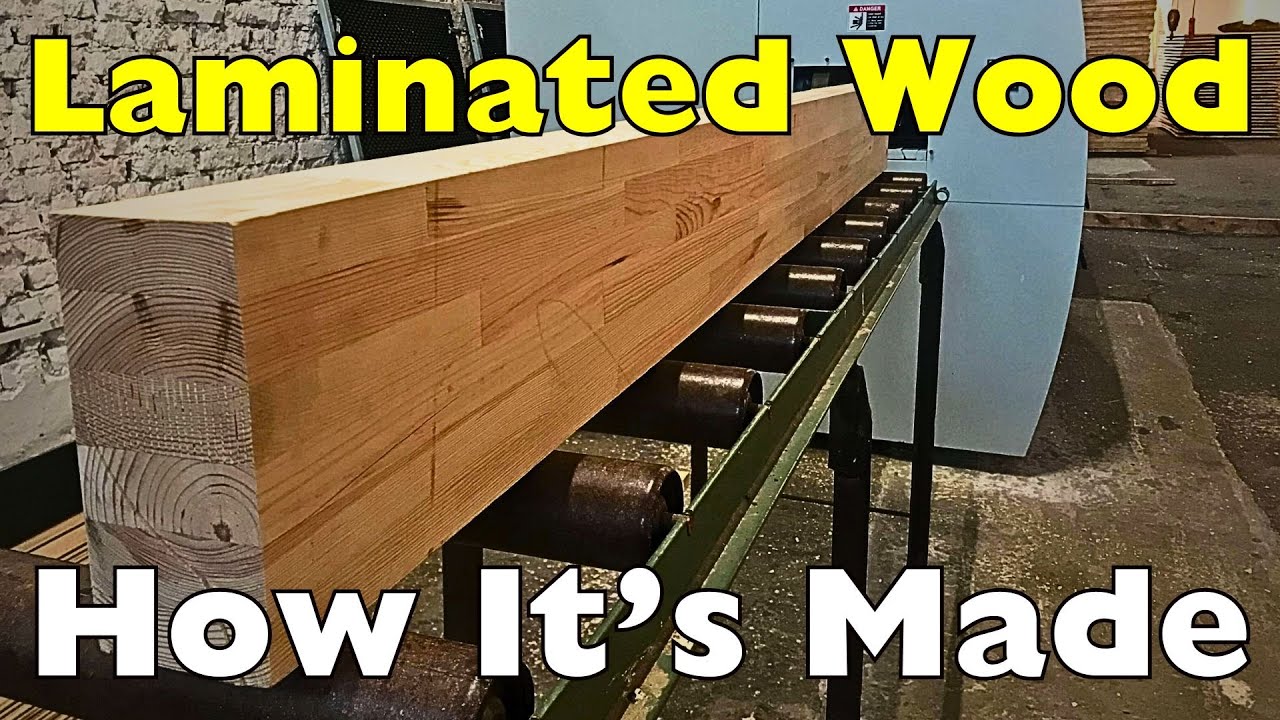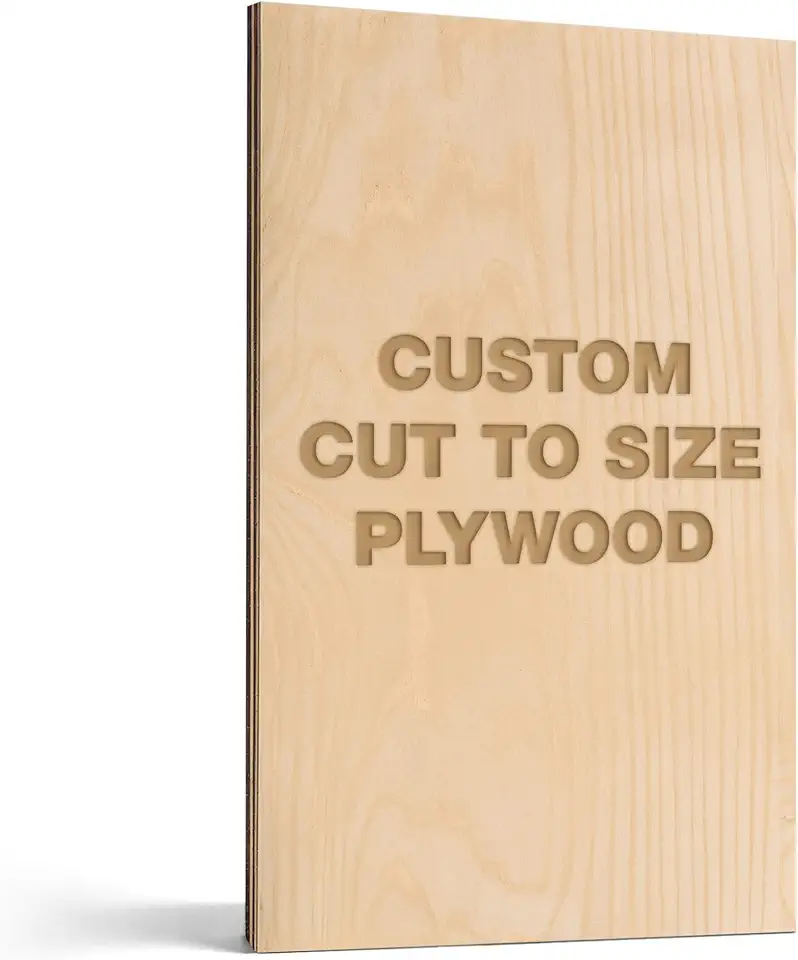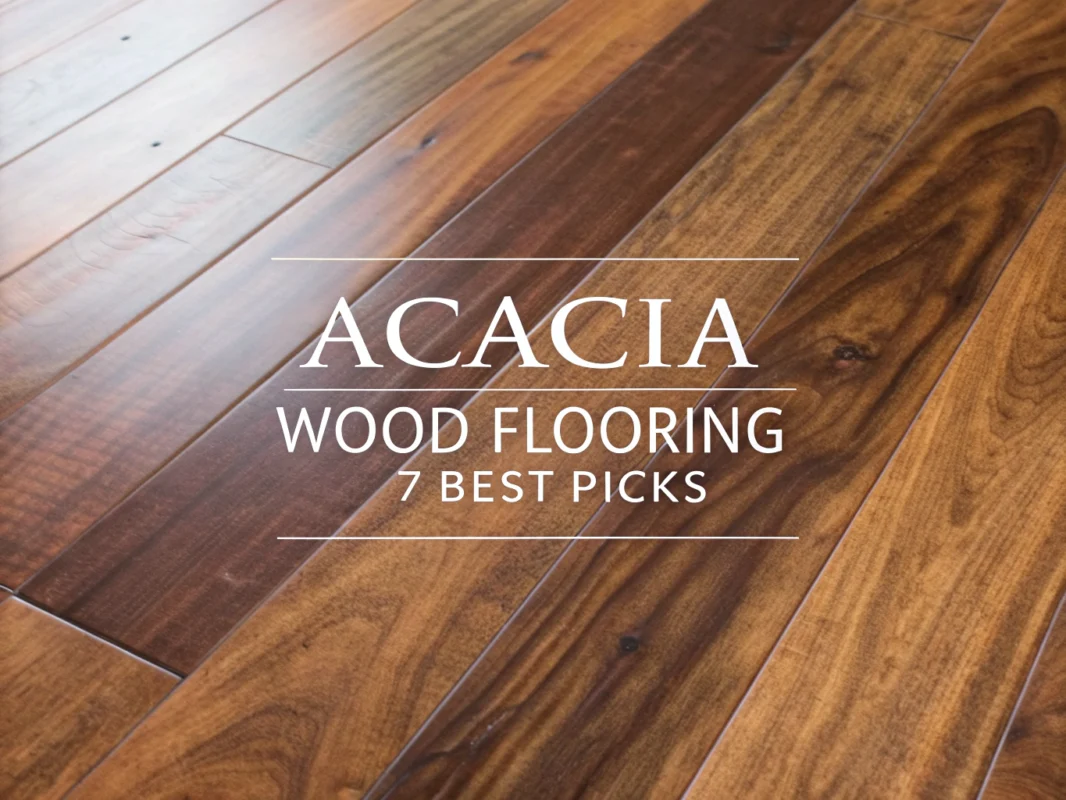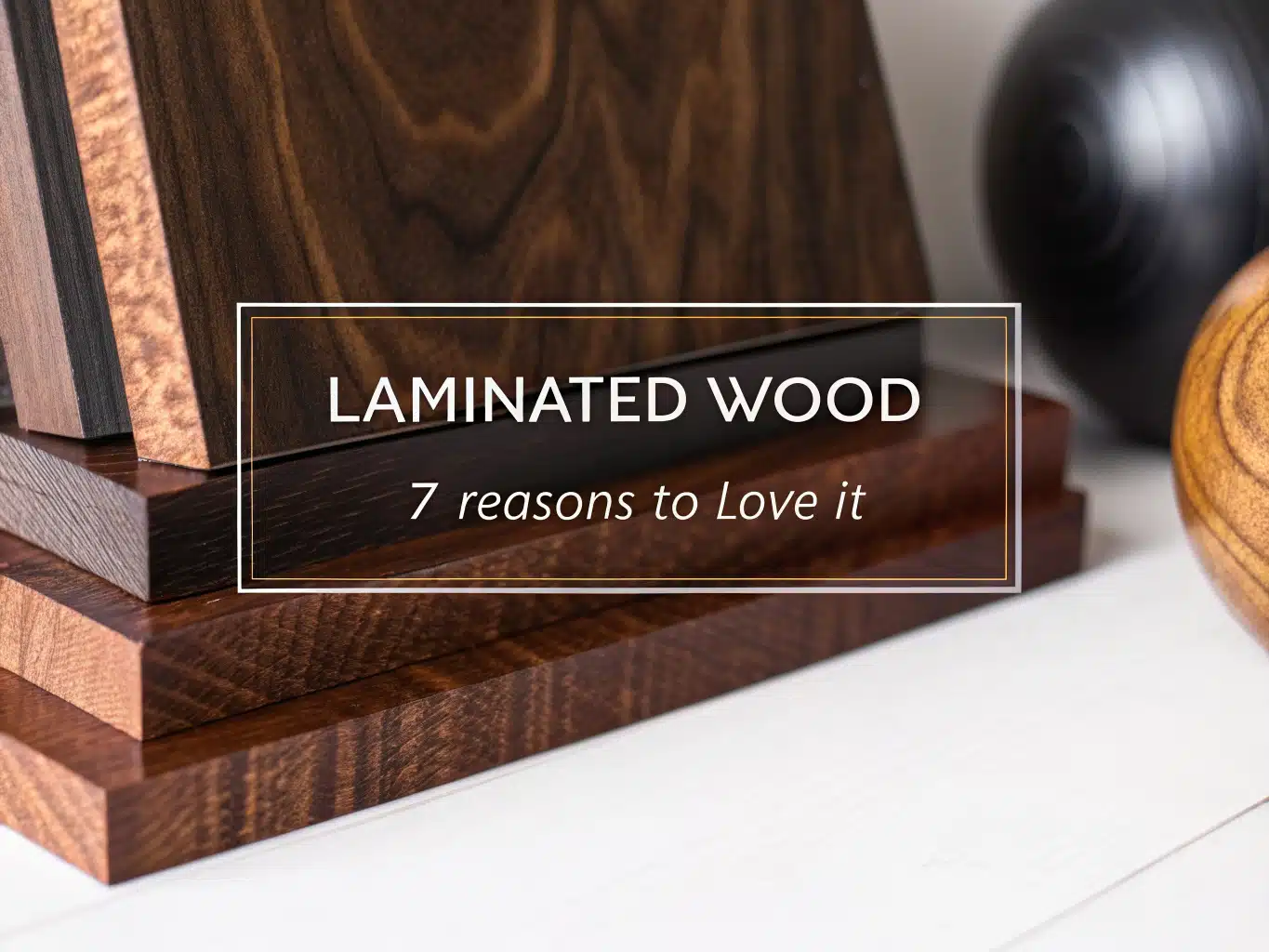
Laminated Wood: 7 Reasons to Love It

Have you ever wondered why laminated wood is becoming a favorite in construction and design? With its amazing blend of strength, style, and sustainability, it’s easy to see why. Whether you’re building furniture or constructing homes, laminated wood offers unmatched benefits that traditional wood can’t compete with. Let’s uncover the seven reasons it should be your next material of choice.
Table of Contents
Laminated wood represents a revolutionary approach to engineered lumber that’s transforming both construction and furniture industries through its superior strength and environmental benefits. This innovative material, created by bonding multiple layers of real wood or wood veneers, offers seven compelling advantages that make it an ideal choice for projects ranging from small crafts to high-rise buildings.
Exceptional Strength and Durability
Laminated wood beams deliver significantly stronger performance than standard solid wood due to their layered construction. Binkley Construction explains that this engineered approach helps distribute loads more effectively and prevents breakage under stress.
The engineered layers resist cracking, splitting, and warping even when subjected to heavy stress or pressure. This makes laminated wood an MVP material for structural projects where reliability matters most. Unlike solid wood, laminated products are manufactured to be uniform and straight—consistency that natural lumber can’t always guarantee.
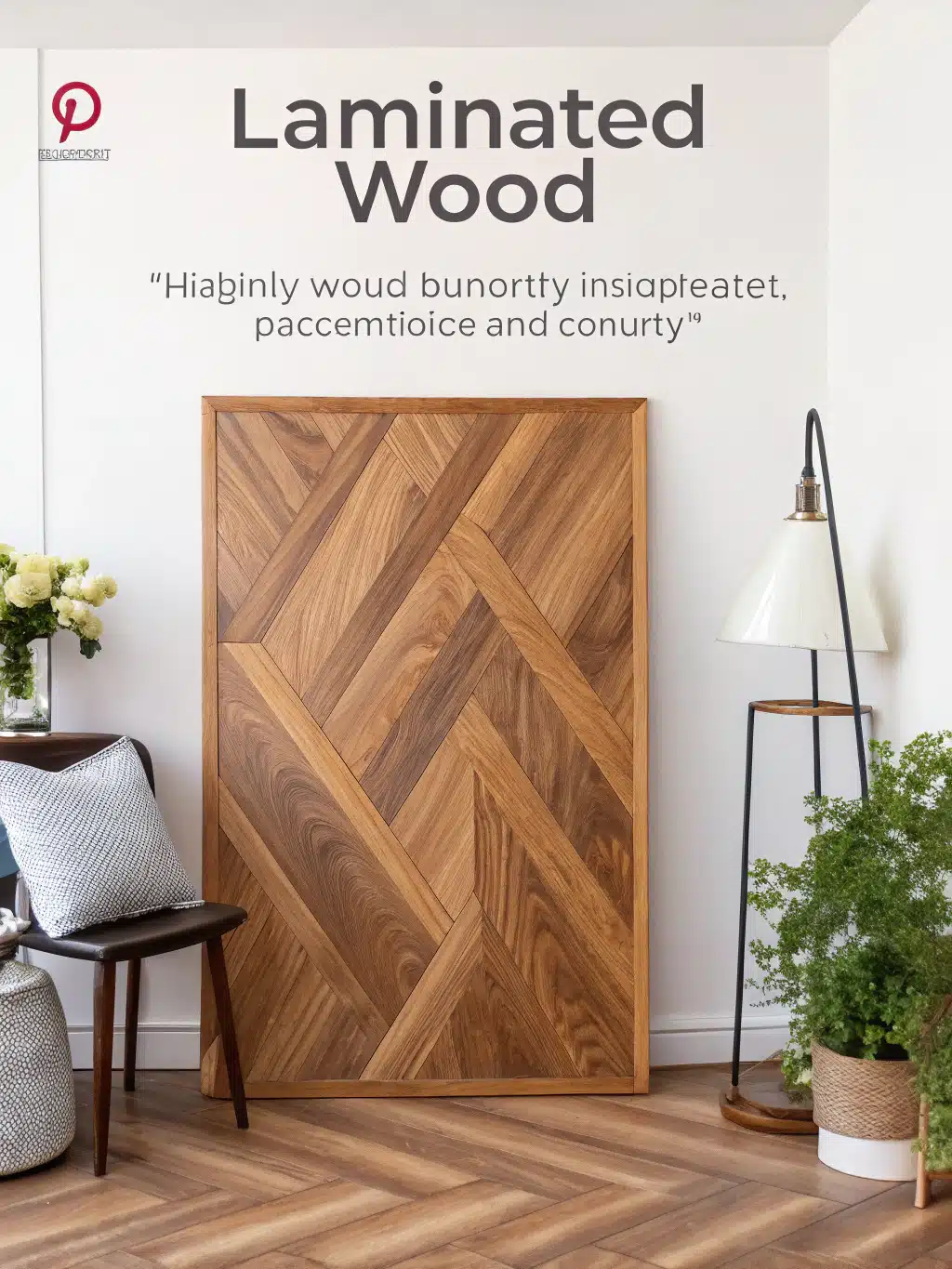
Outstanding Longevity and Resistance to Deformation
Laminated wood maintains its structural integrity over time, resisting twisting, warping, and cracking that commonly plague natural solid wood. Properly manufactured laminated wood receives treatment for superior resistance to wood rot, insects, mold, and mildew.
Fire resistance gets enhanced in products like cross-laminated timber, whose charring surface protects the inner structure from combusting. NC State University research shows this leads to greater fire safety in homes and public buildings.
Environmental Sustainability and Eco-Friendliness
Laminated wood production uses less energy than steel or concrete manufacturing processes. CMS Material Solutions notes that cross-laminated timber is often sourced from responsibly managed forests, supporting sustainable forestry practices.
The material supports carbon sequestration—the process through which wood materials lock in atmospheric carbon dioxide, reducing construction’s carbon footprint. Broad adoption of CLT and other laminated wood products could support global reforestation initiatives and responsible timber sourcing.
Design Flexibility and Versatility
The lamination process allows manufacturers to create large, custom-sized beams, panels, and sheets not available in natural lumber. This capability supports creative architecture and modern interior styles that would be impossible with traditional materials.
Laminated wood finds wide application across multiple industries. Envun highlights its use in furniture (tables, wardrobes, countertops, shelves), flooring, cabinetry, and large-scale construction projects. Projects can range from small homes to high-rise buildings, with pine and oak laminated wood being popular choices for their stability and aesthetic appeal.
Aesthetic Appeal and Customization Options
Combining different species and grains of wood layers creates unique visual effects and customized appearances in furniture and construction projects. This flexibility allows designers to achieve specific looks that match their creative vision.
Veneering and finishing on laminated wood can closely mimic the appearance of high-value solid wood while providing practical performance benefits. This combination of beauty and function makes it an attractive option for both residential and commercial applications. Similar engineered options like cabinet grade plywood offer comparable aesthetic flexibility.
Easy Maintenance and Cleanliness
Laminated wood possesses antistatic properties that reduce dust accumulation, making it easier to keep clean. This feature proves helpful for allergy sufferers and commercial or public environments where cleanliness is paramount.
Engineered laminated wood shows less moisture absorption compared to solid wood, making it easier to maintain and less prone to unsightly swelling or surface damage. Formica emphasizes these maintenance advantages over traditional wood materials. For marine applications, marine plywood offers similar moisture resistance benefits.
Top Laminated Wood Products for Your Projects
Here are some excellent laminated wood products to get you started on your next project:
These products showcase the versatility of laminated wood materials, from craft projects to professional applications. Each option provides the strength and consistency that makes laminated wood so appealing for various uses. For specialized applications, consider alternatives like richlite or mahogany wood depending on your specific needs.
The Future of Laminated Wood
Laminated wood offers seven compelling benefits: superior strength, exceptional longevity, environmental sustainability, design flexibility, aesthetic appeal, easy maintenance, and wide product availability. These advantages position it as a smart choice for modern construction and furniture projects.
The future looks bright for laminated wood in construction and design industries. Cross-laminated timber panels can now be manufactured up to 60 feet long, replacing entire walls or major structural elements in modern buildings. Consider laminated wood for your next project—whether you’re building furniture, renovating your home, or planning a large-scale construction project.
FAQs
What Are The Pros And Cons Of Laminated Wood?
The pros of laminated wood include affordability, uniformity, and resistance to warping and cracking. The cons can include less authenticity in appearance compared to solid wood and potential damage if exposed to excessive moisture.
How Does Laminated Wood Compare To Solid Wood In Durability?
Laminated wood is generally more resistant to warping and cracking than solid wood due to its layered construction. However, solid wood can be more durable over time if properly cared for.
Can Laminated Wood Be Used For Outdoor Furniture?
While laminated wood can be used for outdoor furniture, it is essential to ensure it is sealed properly to protect against moisture. Generally, solid wood or specially treated materials are preferred for outdoor conditions.
What Is The Best Way To Clean And Maintain Laminated Wood Surfaces?
The best way to clean laminated wood surfaces is by using a mild detergent and a damp cloth. Avoid excessive water and harsh chemicals. Regular dusting and quick clean-up of spills can help maintain the surface.
How Long Does Laminated Wood Typically Last?
Laminated wood can last for many years, often between 15 to 30 years, depending on the quality of the material and how well it is maintained.
